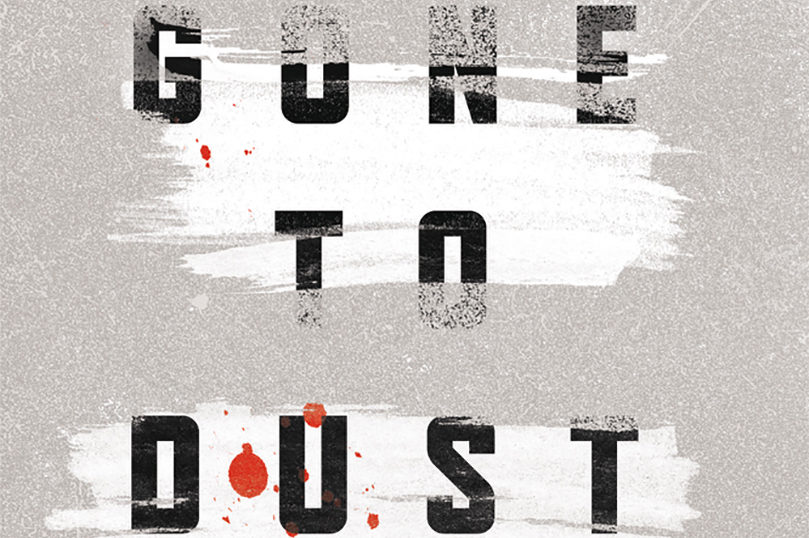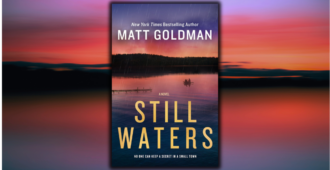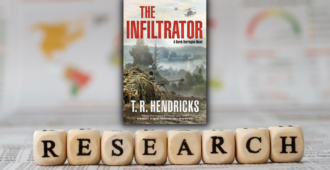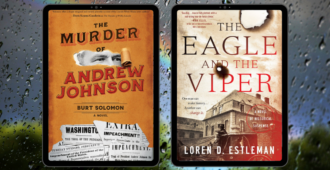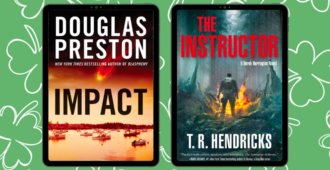opens in a new window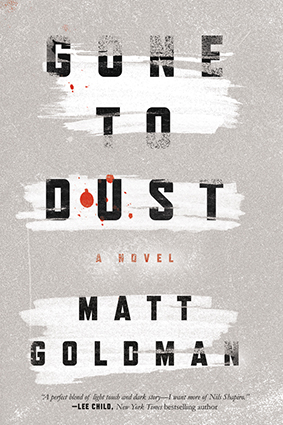 Written by Matt Goldman
Written by Matt Goldman
I’ve earned my living as a writer for 30 years and have made enough mistakes to learn a few things. I am not smart—it took a while. I started as a stand-up and went on to write theater, TV (comedy and drama), one never-produced film, and a soon-to-be released series of mystery novels. My slow-learning writer’s guide to writing applies to all mediums and genres. The ideas are simple and have nothing to do with structure. Maybe one day I’ll flesh these out into a book or class or overpriced two-day seminar. In the meantime, I’ll dip a toe in 3 of the at least 4 things I know.
- Structure is bullshit. Ignore it. You can map out a fortress of a story but what makes it hold up is character, voice, and, by extension of those two, story. There’s nothing compelling about structure. Nobody cares except for inexperienced TV and film executives. Anyone who teaches only structure has never written anything good. Don’t assume something has to happen on page 1 or page 10 or at the midpoint. It will happen when it should if you…
- Start with your characters in motion. Interesting events are afoot. Bilbo plans to leave Bag End. Elaine Benes walks into Jerry’s apartment and says something like, “You know I’ve been dating that gynecologist…” Raskolnikov’s landlady has been getting on his nerves. If your characters come from an interesting direction they’ll continue in an interesting direction. If where they’re going is boring, make them come from somewhere else. You’re doing it right if someone reads your work and says, “Mrs. Peterson’s backstory is so interesting! I’m curious to know more. Write more about that!” Extra tip: Don’t write more of Mrs. Peterson’s backstory—the reader’s curiosity will keep them reading or watching or listening or however they’re consuming your masterpiece.
- Voice and style mean the same thing and they matter most. Better said: Your voice and style matter most. Once in a while, a story prints money regardless or even in-spite of the writer’s voice (see or don’t see Twilight, 50 Shades of Grey, Bridges of Madison County—the list goes on.) But good writers who create compelling stories on a consistent basis do it with voice and style. Things that diminish a writer’s voice are clichés, adverbs, two-dimensional characters, stereotypical characters, retreaded stories, etc. Don’t write those things. Just don’t. And if you create a breakout story and do it with voice, you’ll do more than print money, you’ll create something that lasts. (do see Harry Potter, Seinfeld, Empire Strikes Back, Transparent, anything Stephen King wrote—this list goes on, too.)
Part of writing is teachable and part isn’t. The part that isn’t teachable is voice. For that, you need to pay attention to yourself. Listen to how you think. Picture your thoughts printed on a page. The way you start and stop sentences. The little side-trips you take in a sentence because people sometimes take side-trips to inform or justify, to let you know how they feel, to entertain or frighten or seduce. The result looks simple but the process is hard. Be patient. Don’t give up. When you succeed, you’ll have something no person, trend, or bad economy can take away from you—a unique voice.
Order Your Copy
opens in a new window opens in a new window
opens in a new window opens in a new window
opens in a new window opens in a new window
opens in a new window opens in a new window
opens in a new window opens in a new window
opens in a new window
Follow Matt Goldman on Twitter (@goldman_matthew), Facebook, and his website.

